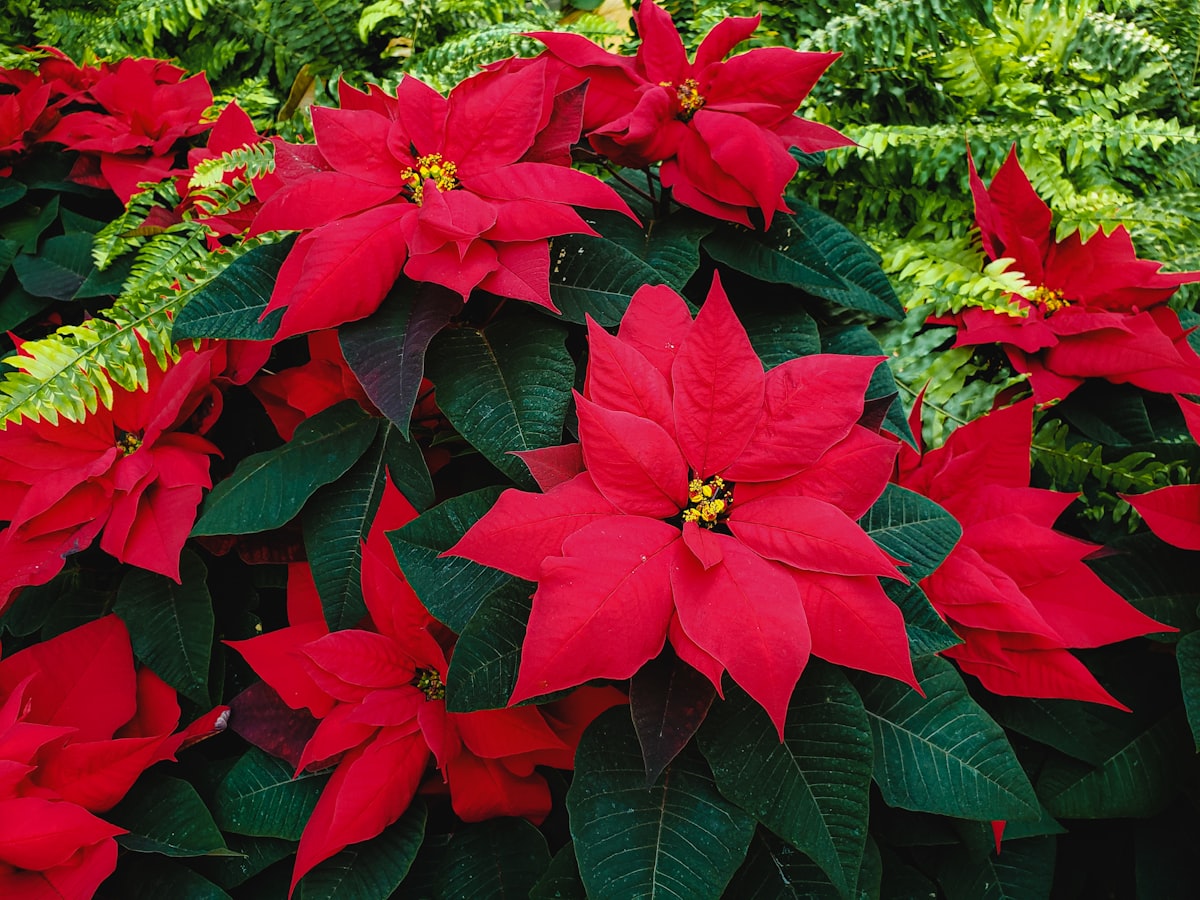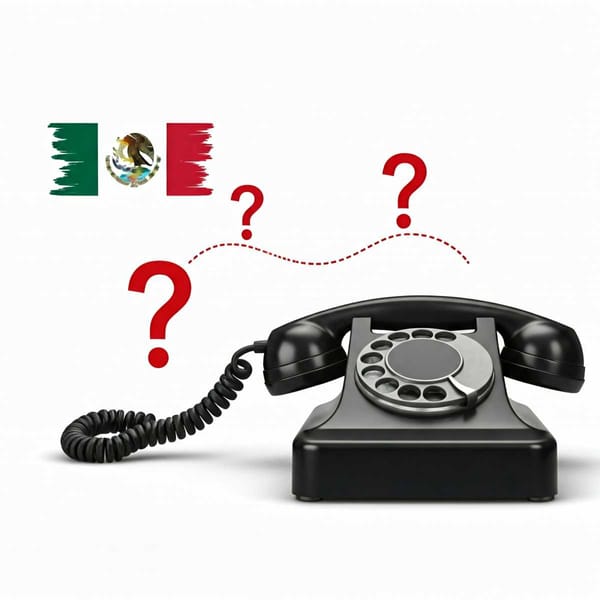Only two of the 16 variants of the poinsettia are commercially exploited
The poinsettia plant generates 3,500 direct jobs in Mexico; in November and December, more than 7,500 indirect jobs. More than 100 foreign patents exist for the poinsettia flower of different colors and shapes; the favorite ones are the red ones.

In Morelos, Mexico City, Puebla, Jalisco, State of Mexico, Michoacán and Oaxaca, 16 million 268,524 poinsettias were produced last year. The poinsettia plant generates three thousand 500 direct jobs in Mexico; in November and December, more than seven thousand 500 indirect jobs. There are more than 100 foreign patents of the poinsettia flower of different colors and shapes; the favorite ones are the red ones.
In Mexico, there are at least 16 genetic variants of the poinsettia flower (Euphorbia pulcherrima), which have different adaptations to cold and humidity, but only two are exploited to generate new cultivars or sets of plants for cultivation, said Laura Trejo Hernández, a researcher at UNAM's Institute of Biology (IB).
The germplasm (set of genes that is transmitted by reproduction to offspring through reproductive cells or gametes) that exists in the wild in several regions of the country lacks protection and in situ and ex situ conservation strategies, which endangers its permanence in the face of the constant change in land use. "Only 30 percent of the native species are protected in the country's protected areas".
Studies by Trejo Hernández and her collaborators reveal that northern Guerrero is the source of germplasm for commercial cultivars in the United States, where approximately 70 million plants are sold in six weeks during the Christmas season. The American Union is where it is most commercialized worldwide. This flower contributes annually with 250 million dollars to the economy of the United States, where it is produced and commercialized intensively.
The specialist, who studies it from a historical and biological perspective, pointed out that currently there are more than 100 foreign patents of different colors and shapes, although consumers prefer red. "In Mexico, we have more than 100 types of plants for cultivation (cultivars), but 90 percent are red flowers, five percent white or yellow; and another five percent pink, pink or marbled," she explained.
In 2020 in Mexico, 16 million 268 thousand 524 plants were produced in 240.6 hectares in Morelos, Mexico City, Puebla, Jalisco, State of Mexico, Michoacan, and Oaxaca. That year of the pandemic production fell, as in 2019 it was 19.1 million 113 thousand 464 pots in 330 hectares, which represented more than 718 million pesos. In 2019 Mexico ranked fourth worldwide in cultivated area. The crop in Mexico generates three thousand 500 direct jobs, but during the month of intensive sales (November and December) it increases up to 200 percent; that is, it reaches more than seven thousand 500 indirect jobs. "There are around 600 producers, most of them women," she commented.
Regarding exports, in 2018 at least 40 million cuttings (live parts that are extracted from a plant to graft it onto another or into a container so that it can develop) were sent to countries in North America, Europe, and Asia, according to the State Council of Ornamental Plant Producers of Morelos. In particular, to the United States, Germany, Holland, and Japan, where it arrives several months in advance of its winter season.
The flower is native to Mesoamerica and grows naturally from Mexico to Costa Rica. The Cuetlaxóchitl in Nahuatl (a flower that withers) has had ceremonial use since pre-Hispanic times to the present day. There is a legend that Franciscan friars used it in Taxco, Guerrero, to celebrate the birth of Jesus, and with it came the union between Christmas Eve and Christmas. In that town, the American diplomat and naturalist Joel Roberts Poinsett is credited with introducing the plant to the American Union in 1828, from where it has become popular all over the world and is even exported.
In the Regional Laboratory of Biodiversity and Plant Tissue Culture of the IB, Tlaxcala Unit, Trejo Hernandez and her work team carry out studies to recognize the natural distribution and the generation of models of potential disposition of the flower. They are also compiling historical documents and narratives on the outflow of wild poinsettia germplasm to the United States, and have identified the germplasm that gives rise to the main commercial cultivars in the neighboring country; they have also characterized its genetic variants and morphological diversity with molecular biology.
How can I care for my poinsettia so it will live longer?
The Christmas season is in the air in Mexico, the houses said goodbye to the Day of the Dead decorations to make way for the always colorful ones of the Christmas season. Many homes in Mexico begin to decorate with the colorful poinsettia plant, even before the Christmas tree is put up, so - if it is removed until next year - this little friend must receive a proper treatment that goes beyond giving it water every time one remembers it.
Knowing that this plant is one of Mexico's favorites, here are some tips so you can give a longer life to the poinsettia that decorates your home. Before starting with the tips, it is important to point out that, despite what many people think, poinsettia is not a plant that flowers only during the Christmas season. Therefore, it can withstand both warm and cold climates.
Make sure your poinsettia friend is positioned in a well-lit place, as they need lots of natural light. The bottom of a sale, or near your front door is an ideal space to decorate your home. However, you will have to move it from the place when the sun is very intense, as its rays seriously damage it. Now, when night falls your plant can stay in the sale and receive the first flashes of morning light, or you can also warm it with a warm light lamp. But you should never leave it in a shady place.
It is important to point out that poinsettias can withstand extreme climates, however, the best thing you can do for it to live for a long time is to keep it in a temperate space. You should also prevent it from suffering from sudden temperature changes. Be careful! To feed your poinsettia you should not overdo it with water, because this type of plant does not require a large amount of watering.
It is enough to water it every third day, without filling its pot. You can also moisten its soil and leaves with your hand. If you are a forgetful person, we recommend placing your poinsettia on a shallow dish with water, so that the plant absorbs the liquid by itself. If you use this tip, you should change the water every third day.
When the new year arrives, plants usually start to become sad (their leaves fall off). In this case, the solution is to change the pot and add some new soil so that your plant has more nutrients. With such care, your poinsettia plant can last even the whole year, as long as you respect its care and keep an eye on the behavior of its leaves.




